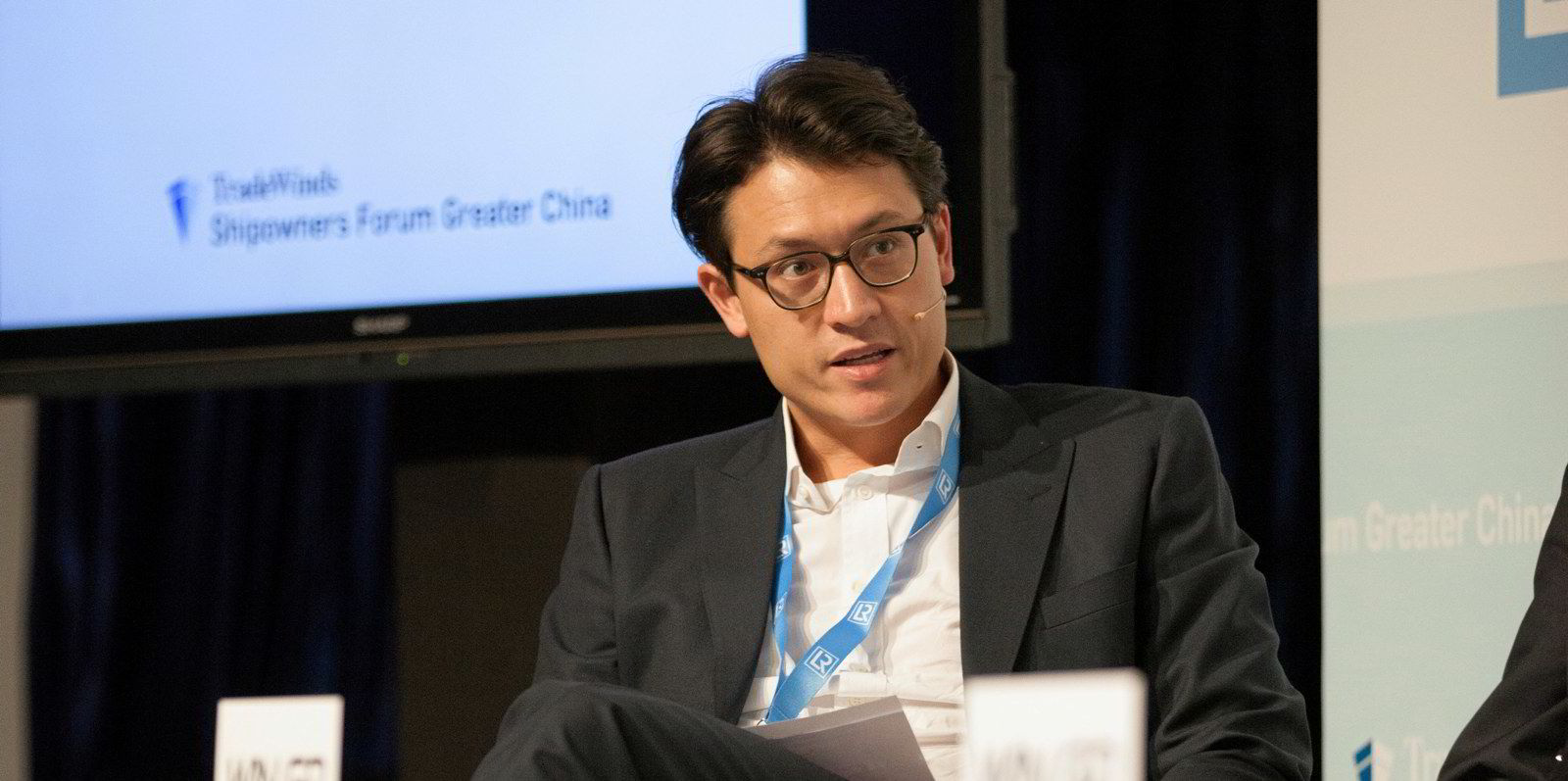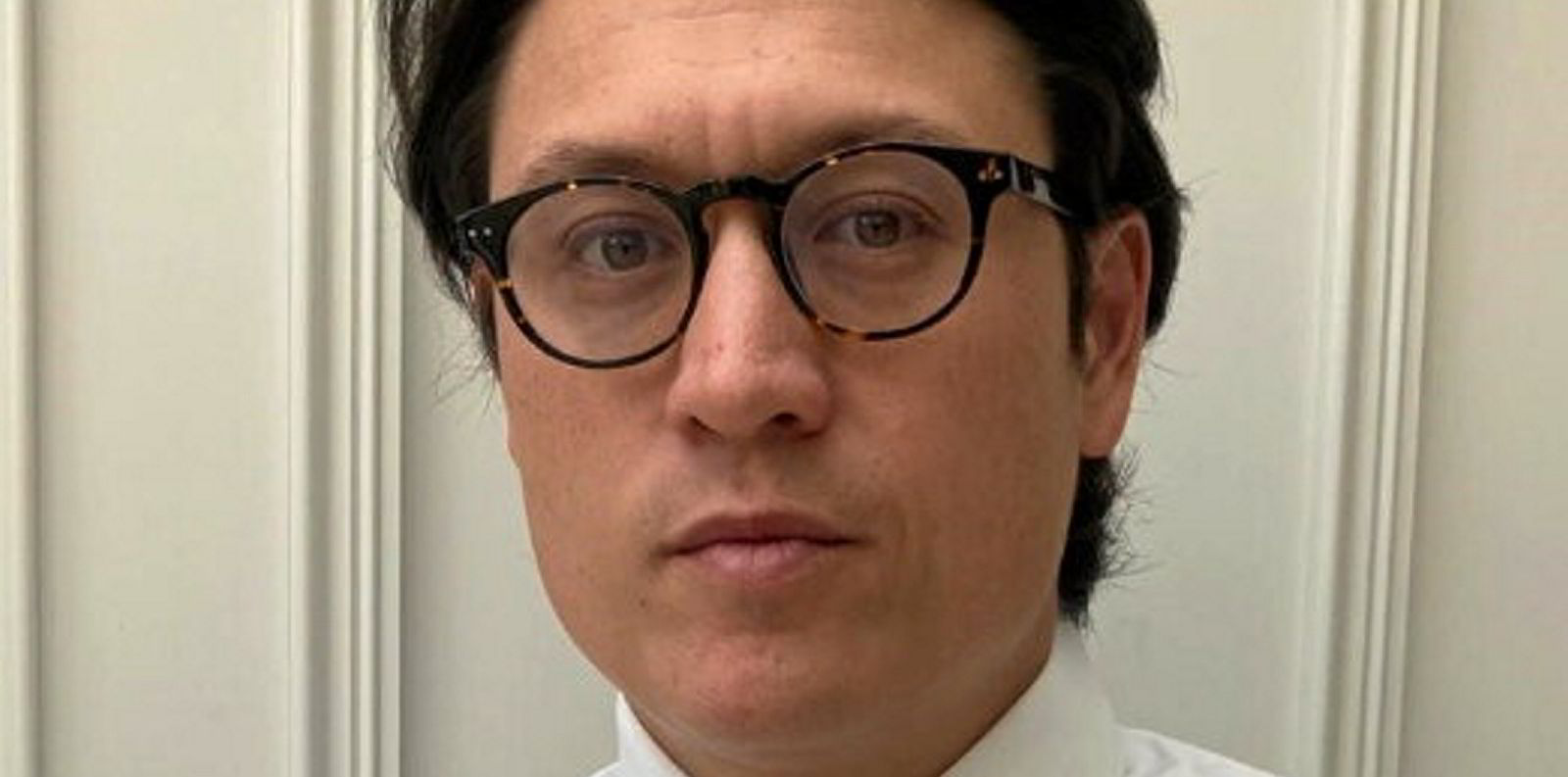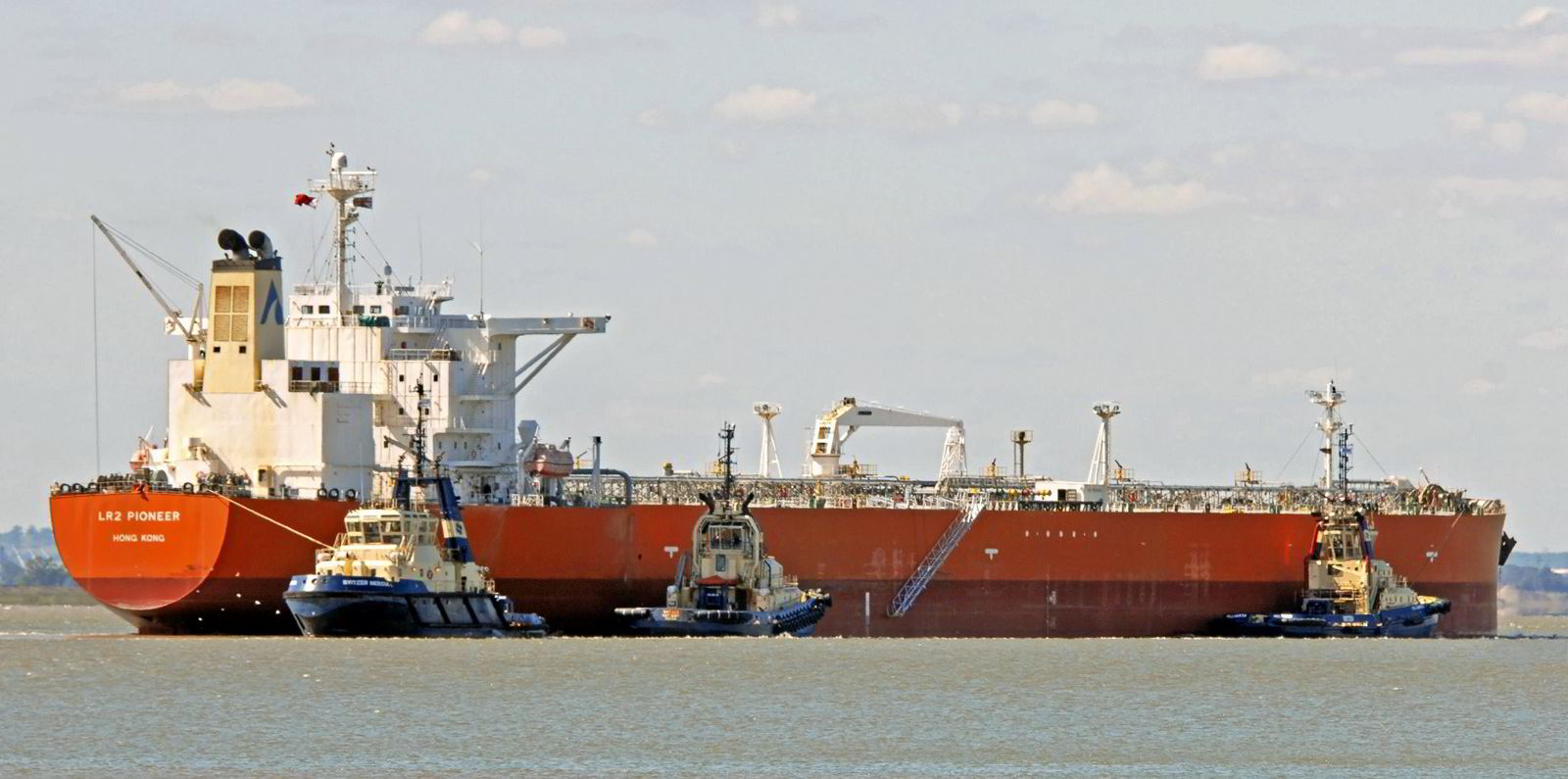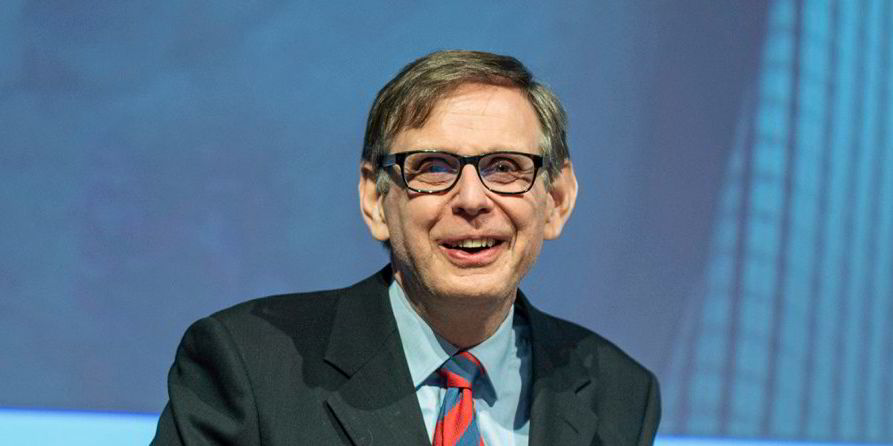News of an initial public offering in dry bulk on the London Stock Exchange is a boost for the UK maritime hub, if it means the public equity investors of the north-west coast of Europe are warming to tonnage now.
But, in the longer run, it raises a huge question about what the shipping industry really needs to spend money on, and how to raise it.
In the run-up to a global showdown with climate change, is secondhand asset-play-based shipowning sustainable? And how long will the increasingly environmental, social and corporate governance (ESG)-conscious public investors be willing to back it?
TradeWinds reporter Gary Dixon described in depth on Hong Kong shipowner Ed Buttery and his Taylor Maritime Investments (TMI), the planned public spin-off of a handysize and supramax fleet that 36-year-old Buttery has patiently and sometimes stealthily built over the past seven years.
Good for London shipping. And if public equity investors globally are ready to fund shipping, that is even more hopeful news.
Because shipping has a huge funding need.
The world's fleet has to be rebuilt and decarbonised. The bill for that is going to be vast — to be counted in the trillions of dollars, according to Martin Stopford, dean of shipping economists.
For that reason, equity investors and especially ESG-conscious players on the public markets will at some point — well before 2050 — stop funding traders of secondhand vessels, even the clever ones. Decarbonisation is a pistol held to the temple of old-school asset-play shipping.
Slow and stealthy
The first reports of a company called Taylor Maritime accumulating ships came in late 2014, before it was widely known that the son of Pacific Basin Shipping co-founder Chris Buttery had set up in his own right.
The younger Buttery's steady rise since then has been marked by astute timing, cards held close to his chest, a healthy aversion to debt and frequent visits to Japan, where he enjoys the confidence of private shipowning families.
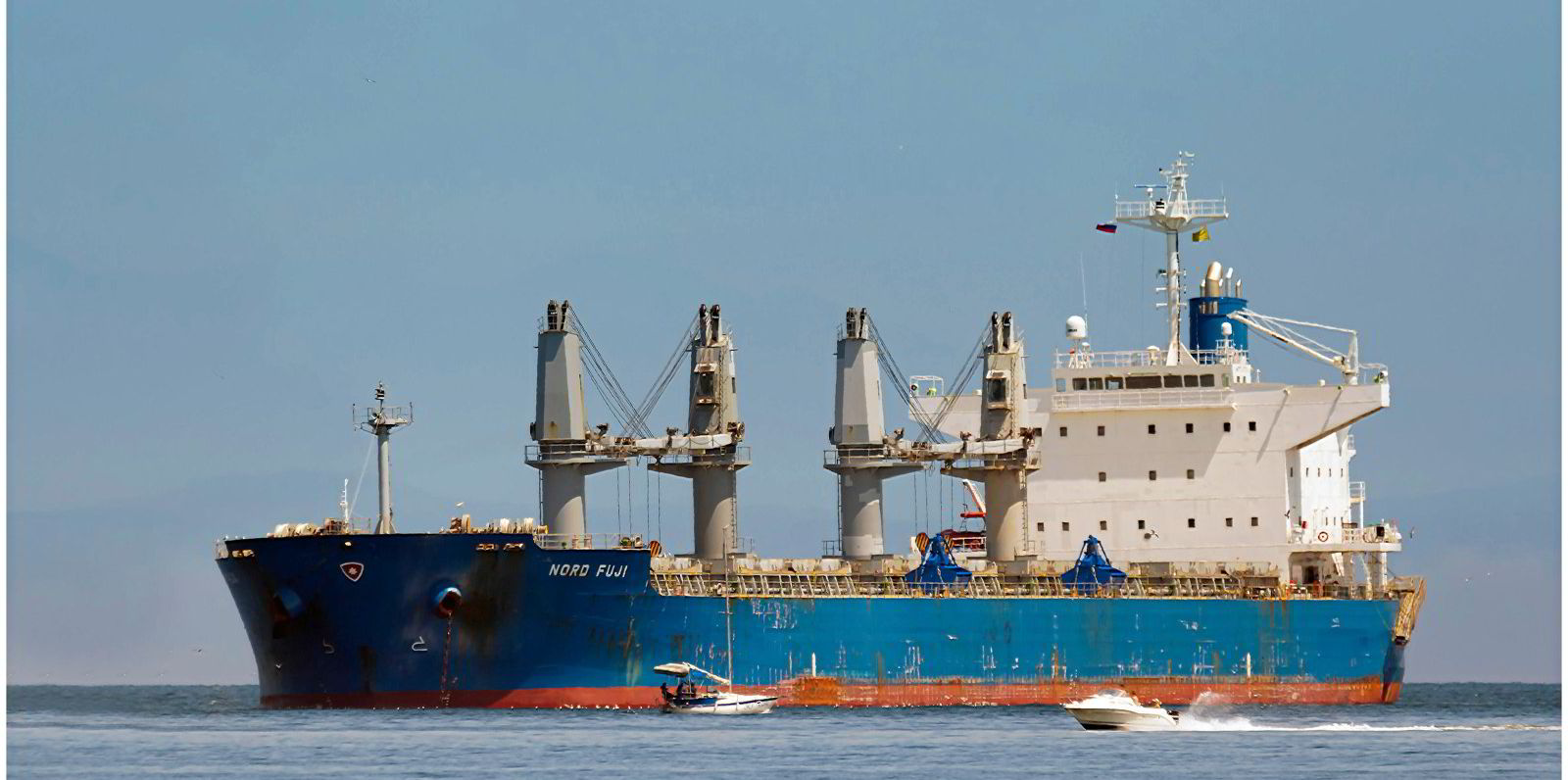
As his private company nears the seven-year mark, it has assembled a choice fleet of two dozen Japanese-built ships in a segment perennially protected from volatility and currently underbuilt. For years, observers have speculated about an IPO but many have been sceptical that either the segment size or the fleet size would attract investors.
"It dawned on me about 15 months ago that I have hedge fund and private equity money, fantastic investors, who don't necessarily want to be shipowners for a very long time, and I should start to plan for the future," he told Dixon in an interview.
Whether or not one really believes that it took Chris Buttery's son five years to realise that investors need an exit strategy, he looks set to prove the sceptics wrong. His London listing comes as the Baltic Dry Index is spiking.
Buttery's plan for further growth is to go on as before, identifying high-quality used tonnage that promises good returns over its lifetime but can be picked up without much leverage.
Based on his declared strategy, he must be expected to maintain a fleet similar to what he has now. He has 11-year-old Japanese-built bulkers. They all burn diesel, because that is what handysizes burn and will continue to do so for a good while to come.
The trillion-dollar question
Meanwhile, decarbonisation is coming, and it wants money. It wants all the money and, after that, it will still want a lot more money.
It will cost more than $3.4trn in newbuildings to meet the 2050 decarbonisation goal, believes Clarksons Research boss emeritus Stopford, and nobody even knows what kind of ships, except to say that they are not 11-year-old Japanese-built handysizes.
Stopford told a recent Capital Link conference that he reckons some $509bn will be needed just to decarbonise the dry bulk segment.
The time is coming when equity investors, banks, and charterers will simply turn away from traditional tonnage and concentrate on this vast and maddeningly indefinite task — funding a decarbonised fleet that cannot even be described yet.
The problem for owners until then is that they have to use and trade what exists.
From now on, every financing of every secondhand transaction will be a bet that the buyer can wring full value out of any new assets before the apocalypse.
